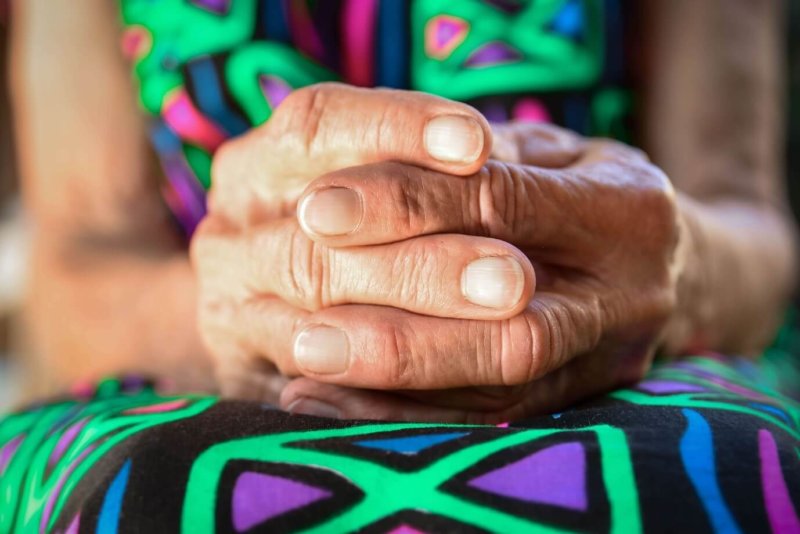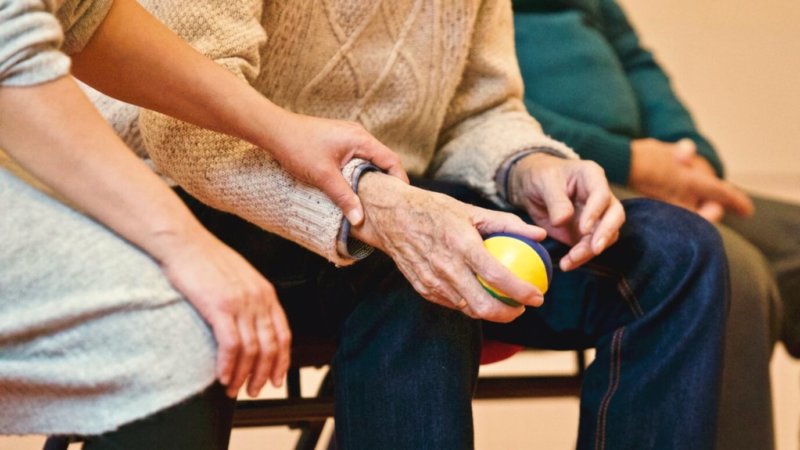
Arthritis affects more people than you may think, but it isn’t always easy to spot.
What is arthritis?
Arthritis is a condition that affects the movement of joints. It describes a pain or swelling in certain areas – typically the hands, spine, knees and hips – that makes everyday tasks more of a struggle. In some cases, joints are so stiff and painful that even the most basic activities become impossible.
When the hands are affected, arthritis can prevent people from writing, fastening buttons, lifting a kettle and opening food containers. In the hips or knees, it can restrict mobility, making it harder to walk, climb stairs, bathe and drive a car.
Around 10 million people in the UK are thought to have arthritis. It’s most common among older people, but both men and women can start to develop symptoms in their 40s. It’s found in younger people, too.
Here are some of the most common signs you should look out for at any age.
What are the common signs of arthritis?
- Stiff joints. A tell-tale early sign is stiffness in your joints, which can make movement more difficult than usual. your immune system mistakenly sends antibodies to the lining of your joints, where they attack the tissue surrounding the joint, causing swelling and manage to ligaments, tendons, cartilage, and bone.
- Painful joints. Joint stiffness is often followed by joint tenderness during movement or even while resting. The fingers and wrists are the most common parts of the body to experience this kind of pain.
- Red and warm joints. In some cases, skin over inflamed joints can appear red and be warm to the touch.
- Numbness and tingling. In some variations of arthritis, the pressure on your nerves created from the inflamed joints can create an uncomfortable tingling feeling.
- Strained muscles. Muscles overcompensating for sore joints can also become strained, causing further pain.
Can arthritis affect you in other ways?
It’s clear arthritis can affect you physically, causing restricted movement and soreness. But, there are other potential side-effects, too.
In more severe cases, the pain caused by arthritis can make you feel nauseous, causing loss of appetite and weight loss.
The condition can also impact you mentally. Symptoms range from one person to the next, but a feeling of fatigue is fairly common, with the associated pain sometimes making it harder to get a good night’s sleep. This can have a knock-on effect on your mental health.
What can you do to relieve arthritis?

If you notice any of the early signs of arthritis, we suggest you contact your GP for medical advice. There are several types of arthritis, so knowing which one you have is a first step. Although there’s no cure, treatment has greatly improved and there’s a clear benefit to diagnosing it at an early stage.
Certainly, staying active and doing regular exercises can help reduce pressure on your joints while strengthening the muscles around them, slowing down the progress of arthritis.
Simple movements you can incorporate into your daily routine include sitting down – in front of the television perhaps – and straightening and bending one leg at a time. This will help keep your knee and ankle joints active and strong.
If that feels ok, then try a few knee squats, too. Simply squat down until your knee is align with your big toe and return to standing. Use a chair for extra support.
To target your hands and wrists, grab a tennis ball (or soft stress ball) and firmly squeeze it for up to five seconds at a time. Doing gentle yoga movements for just five minutes a day, including an overhead reach, can also be an easy way to regain strength in your body.
You should take safety precautions before exercising by yourself and speak to your doctor if you have any concerns.
